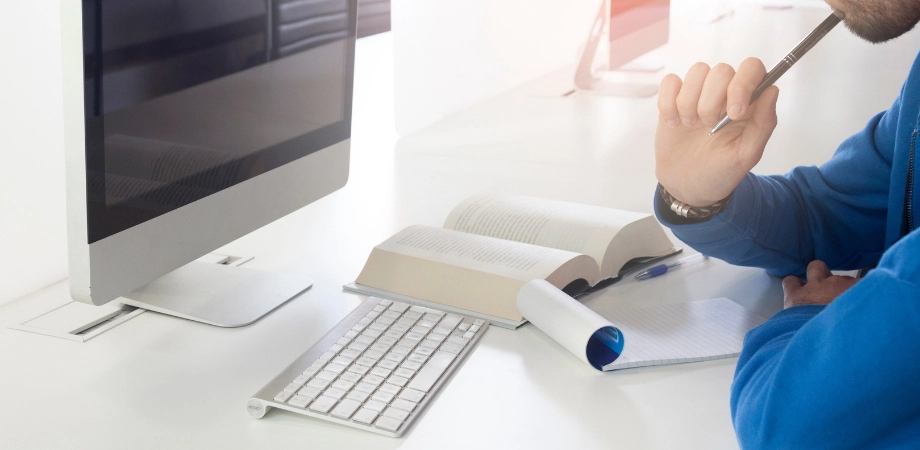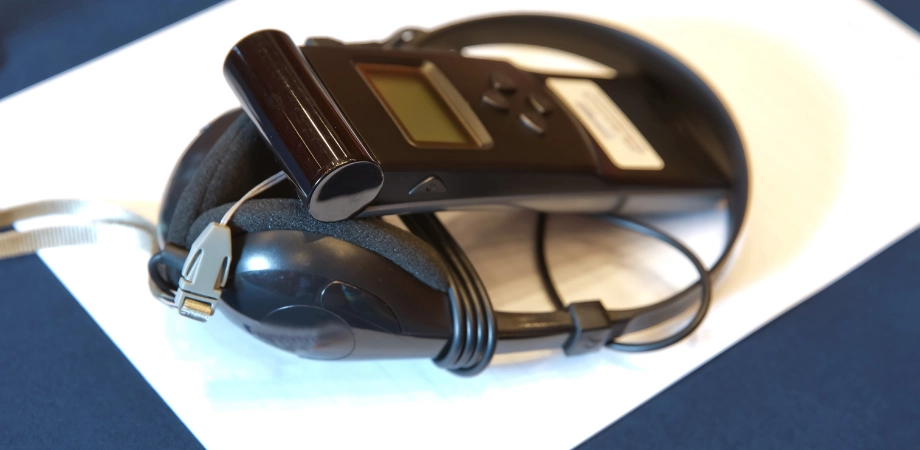In the rapidly globalizing market, the demand for multilingual content outpaces what human translators can manage on their own, highlighting the crucial role of translation technologies. Translation Memory (TM), a standout in computer-aided translation (CAT) tools, exemplifies this shift. TM systems enhance translation services by storing previously translated segments in a database, allowing for automatic suggestions in new projects. This not only ensures consistency across translations but also improves efficiency, reduces costs, and offers translation services additional benefits, making TM an indispensable tool in modern translation workflows.
What is a Translation Memory?

Translation Memory (TM) stands as a cornerstone feature within the domain of Computer-Aided Translation (CAT) tools, embodying a sophisticated database that archives translations of phrases, sentences, or entire paragraphs. This technology is engineered to recognize when new translation tasks present text that is identical or bears a strong resemblance to entries previously stored. Upon such detection, the TM software proactively offers these pre-stored translations for reuse. The underlying principle of TM is to foster a high degree of consistency across various documents, which is paramount for projects that necessitate uniform terminology and style.
The strategic application of TM significantly elevates the efficiency of the translation workflow, acting as a catalyst in diminishing both the temporal and financial investments required for completing translation projects. This efficiency gain is particularly pronounced in scenarios characterized by high volumes of repetitive content or in projects where the preservation of brand voice and terminology consistency across multiple languages is crucial.
Moreover, TM serves as an invaluable asset in the cultivation of a streamlined translation process. By automating the suggestion of existing translations for new content that shares similarities, TM minimizes the need for translators to re-translate text. This not only accelerates the translation cycle but also ensures that the translations are consistent with previous iterations, enhancing the quality and coherence of the translated content.
TM databases grow progressively richer with each translation project, continually expanding the repository of available translations. This evolutionary aspect of TM means that the more it is utilized, the more efficient and effective it becomes, offering increasingly precise suggestions over time. Such a dynamic repository is particularly beneficial for long-term projects or for organizations that regularly require translations in the same domain or field.
The Evolutionary Journey of Translation Memory Technology
The evolutionary journey of Translation Memory (TM) technology has been marked by significant advancements since its inception. Initially developed to aid translators in managing repetitive texts, TM has evolved into a sophisticated tool that leverages databases of previous translations to enhance efficiency and consistency. Over the years, improvements in software capabilities have expanded its functionality, incorporating artificial intelligence and machine learning to better identify matches and suggest translations. These technological advancements have transformed TM from a simple storage solution into a dynamic system that significantly impacts the translation process, making it faster, more accurate, and cost-effective for projects of all sizes.
Inside the Engine: How Translation Memory Works
Translation Memory (TM) operates by storing segments of text that have been translated previously in a database. When a new translation is initiated, the TM software scans the text for matches or near-matches in its database and suggests these translations to the translator. This system significantly reduces the time needed for translation by avoiding repetitive work, ensuring consistency across documents, and maintaining terminology accuracy.
The Impact of Translation Memory on Global Projects
TM technology has revolutionized global projects by streamlining the translation process, ensuring consistency across multiple languages, and enabling faster turnaround times. It allows for the efficient management of large-scale translations, making it easier to update documents and maintain accuracy over time.
Translation Memory vs. Other Translation Technologies
Unlike basic translation tools that work on a word-by-word basis, TM focuses on whole phrases or sentences, ensuring a higher level of context and consistency. It complements machine translation by refining outputs and integrating human expertise, standing out for its ability to remember and reuse entire segments of text.
Predicting the Future of Translation Memory Technology
The future of TM technology likely includes further integration with artificial intelligence and machine learning to enhance its predictive capabilities and efficiency. Advancements may focus on improving the accuracy of match suggestions, expanding language coverage, and refining the user experience for translators.
When Should You Use a Translation Memory?
TM is particularly useful for projects with high repetition or ongoing content updates, such as technical manuals, legal documents, and website content. It’s ideal when consistency of terminology and phrasing is critical, and for organizations looking to optimize their translation efforts over time.
How to Create a Quality Translation Memory?
To ensure translation quality while building a translation memory, here are some steps you can take:
- Engage with a Trustworthy Translation Service Provider: Start with a solid foundation by choosing a provider known for quality. This helps avoid the inclusion of low-quality translations in your TM database from the beginning.
- Provide Adequate Context to Translators: Enhance translation accuracy by supplying translators with detailed context. This ensures compatibility with the CAT tools they use and contributes to higher quality translations.
- Prioritize Matches from Your Database: Encourage the use of your TM by making it a reliable resource for translators, allowing them to easily access and reuse accurate translations.
- Lock Segments with High Match Scores: Prevent unnecessary alterations by locking high-confidence segments. This protects verified translations from unwanted changes.
- Implement Automated Quality Assurance Checks: Before adding new translations to your TM, conduct automated checks to catch mistakes. This step is crucial for maintaining terminology consistency and minimizing errors.
- Manually Add External Changes to TM: Incorporate any modifications made outside the TM directly into the database to keep it up-to-date.
- Provide Feedback to Your Translation Service Provider: Communicate any discovered errors, preferences, or modifications to your provider. This feedback loop helps maintain the TM’s accuracy, quality, and consistency over time.
The integrity and effectiveness of a translation memory rely heavily on proactive measures and continuous collaboration. By selecting a reputable translation service provider, providing detailed context to translators, utilizing automated quality checks, and actively managing the translation memory database, organizations can ensure that their translations are both accurate and consistent.



